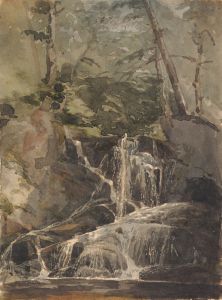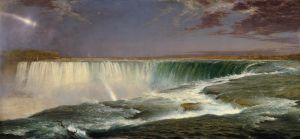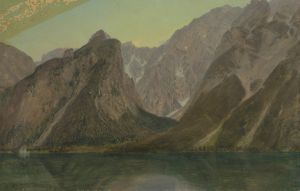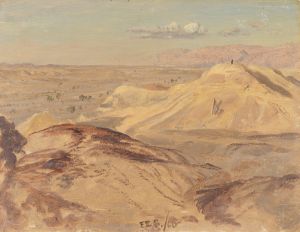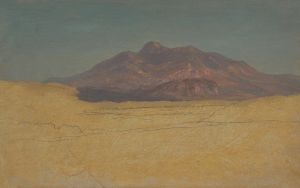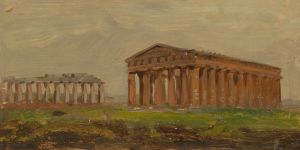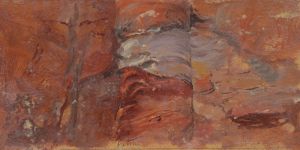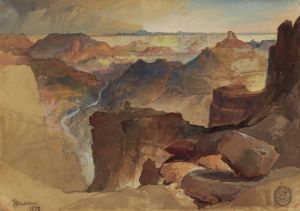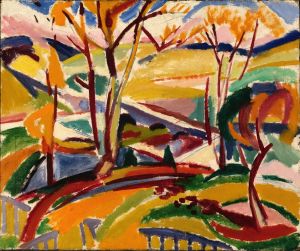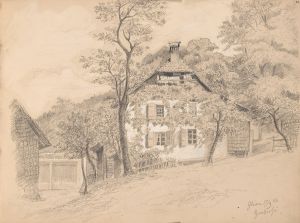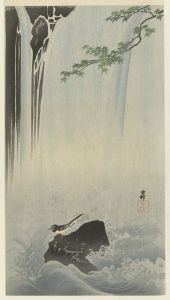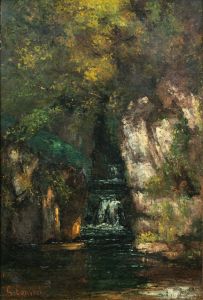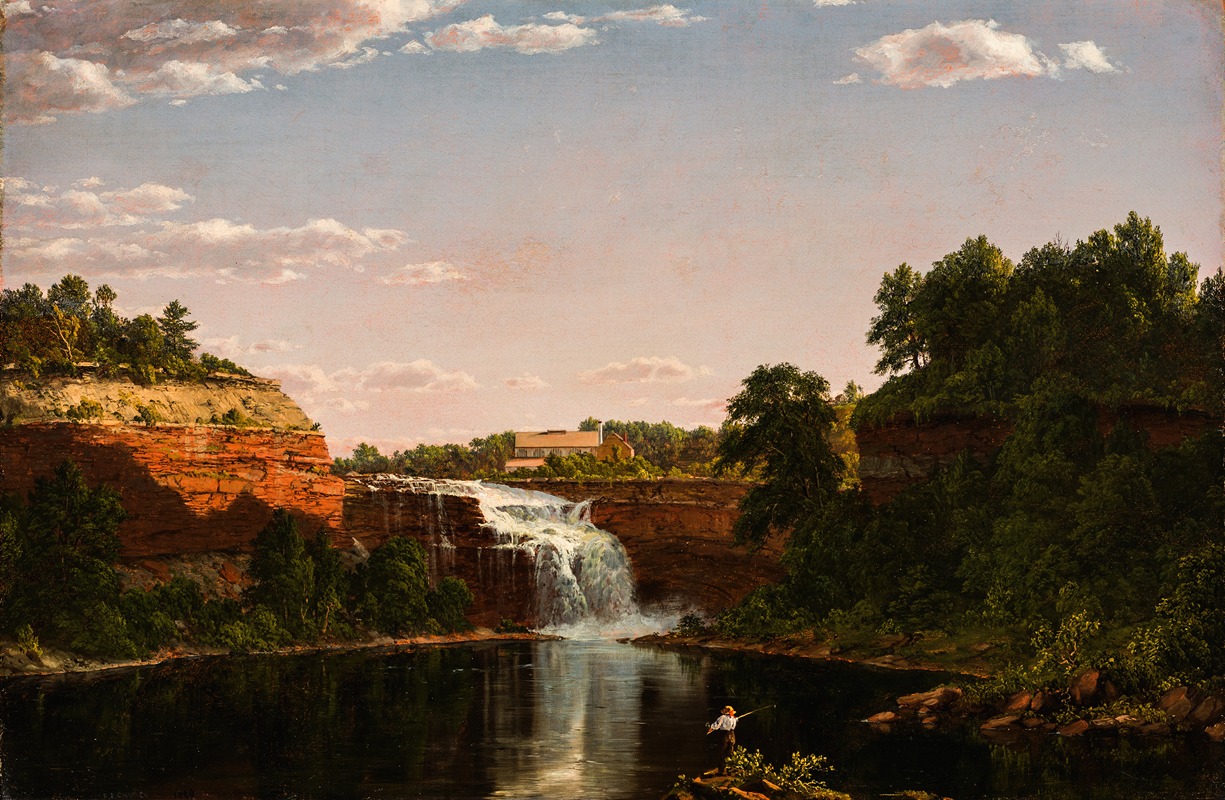
Lower Falls, Rochester
A hand-painted replica of Frederic Edwin Church’s masterpiece Lower Falls, Rochester, meticulously crafted by professional artists to capture the true essence of the original. Each piece is created with museum-quality canvas and rare mineral pigments, carefully painted by experienced artists with delicate brushstrokes and rich, layered colors to perfectly recreate the texture of the original artwork. Unlike machine-printed reproductions, this hand-painted version brings the painting to life, infused with the artist’s emotions and skill in every stroke. Whether for personal collection or home decoration, it instantly elevates the artistic atmosphere of any space.
Frederic Edwin Church, a prominent American landscape painter and a central figure in the Hudson River School, created the painting "Lower Falls, Rochester" in 1849. This work is an early example of Church's exploration of the American landscape, showcasing his developing style and interest in capturing the natural beauty of the United States.
"Lower Falls, Rochester" depicts the Lower Falls of the Genesee River in Rochester, New York. This location was significant during the 19th century due to its industrial development, driven by the water power provided by the falls. The painting captures the dynamic and powerful flow of the water, set against the backdrop of the surrounding landscape. Church's attention to detail and his ability to render the textures of the water and rock formations are evident in this work, highlighting his skill in portraying natural scenes with both accuracy and artistic flair.
At the time Church painted "Lower Falls, Rochester," he was still in the early stages of his career. He had studied under Thomas Cole, the founder of the Hudson River School, and was beginning to establish his own reputation as a landscape artist. Church's work was characterized by its meticulous attention to detail, vibrant use of color, and a focus on the sublime aspects of nature. These elements are present in "Lower Falls, Rochester," where the interplay of light and shadow, as well as the depiction of the rushing water, convey a sense of awe and admiration for the natural world.
The painting reflects the Hudson River School's philosophy of portraying the American landscape as a source of national pride and identity. During this period, artists sought to capture the unique beauty of the American wilderness, often emphasizing the grandeur and majesty of natural scenes. Church's work, including "Lower Falls, Rochester," contributed to this movement by highlighting the picturesque and dramatic elements of the landscape.
"Lower Falls, Rochester" is also indicative of Church's interest in exploring different regions and landscapes. Throughout his career, he traveled extensively, both within the United States and internationally, to find inspiration for his paintings. This early work foreshadows his later, more ambitious projects, such as "The Heart of the Andes" and "Niagara," which further established his reputation as one of America's leading landscape painters.
Today, Frederic Edwin Church is celebrated for his contributions to American art and his role in shaping the Hudson River School. His paintings continue to be admired for their technical skill and their ability to evoke the beauty and power of the natural world. "Lower Falls, Rochester" remains an important piece within Church's oeuvre, representing both his early development as an artist and his enduring fascination with the American landscape.





